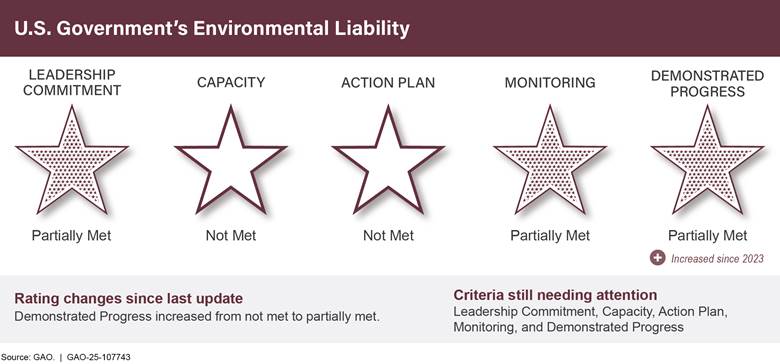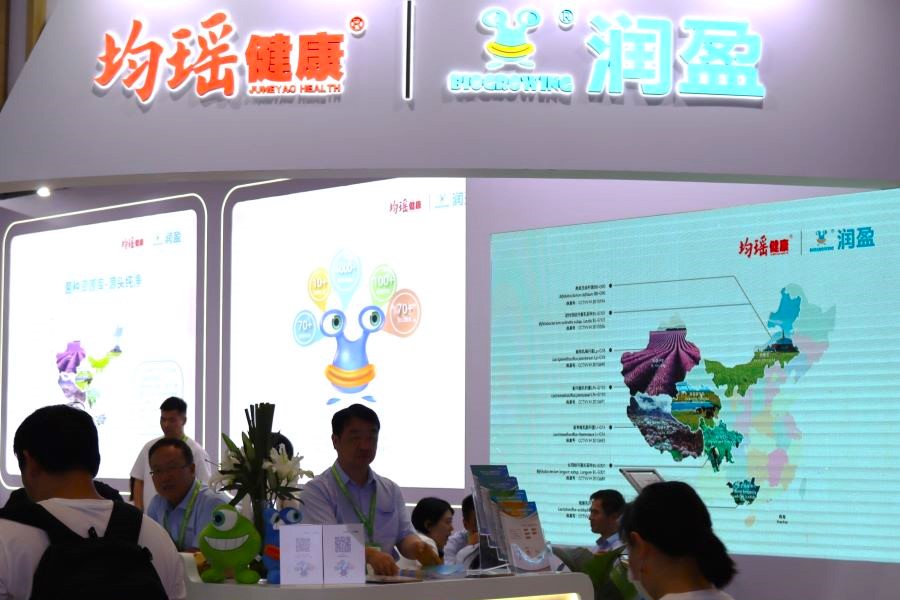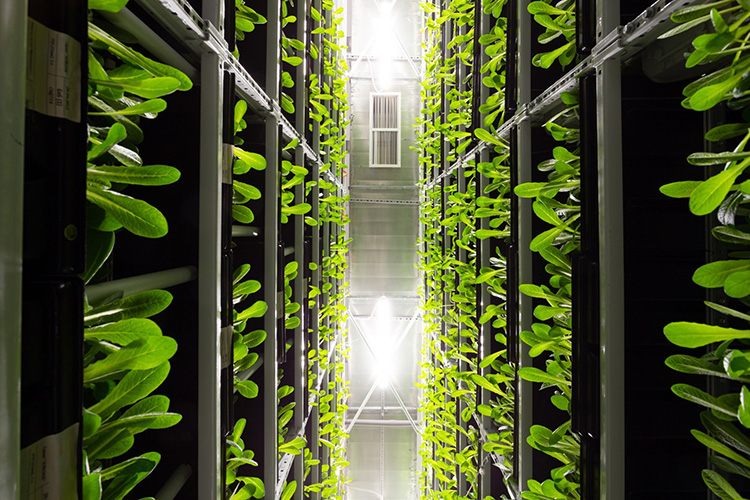Report on Iowa’s 2025 Corn Harvest and its Implications for Sustainable Development Goals
Executive Summary
Agronomic assessments from Iowa indicate a robust 2025 corn harvest, characterized by high yields and excellent crop development. This projection has significant positive implications for several United Nations Sustainable Development Goals (SDGs), particularly those related to food security, economic growth, and sustainable production. Early harvest data and field observations suggest a highly productive season, reinforcing the agricultural sector’s role in achieving global sustainability targets.
Contribution to SDG 2: Zero Hunger
The anticipated high yields directly support the objectives of SDG 2, which aims to end hunger, achieve food security, and promote sustainable agriculture.
- Enhanced Food Supply: Exceptional yields, with some fields producing 280 bushels per acre, contribute significantly to the national food supply, ensuring greater food availability.
- Improved Crop Quality: Field reports from agronomist Dan Bjorklund of Landus Cooperative note “giant ears” and superior ear development, which translates to a higher quantity and quality of grain for consumption.
- Strengthening Food Security: A successful harvest stabilizes grain reserves, which is fundamental to ensuring consistent and reliable access to food for all populations.
Impact on SDG 1 (No Poverty) and SDG 8 (Decent Work and Economic Growth)
The economic outcomes of a strong harvest are directly linked to poverty alleviation and the promotion of sustained economic growth in agricultural communities.
- Increased Farmer Revenue: High yields translate directly into increased income for farmers, improving economic stability and reducing poverty (SDG 1) in rural areas.
- Economic Stimulation: A productive agricultural sector drives growth in related industries, including transportation, processing, and sales, thereby supporting decent work and economic growth (SDG 8).
- Cooperative Success: The positive outlook for cooperatives like Landus underscores the role of collective agricultural enterprise in fostering shared prosperity.
Advancements in Production and Link to SDG 12: Responsible Consumption and Production
The factors contributing to this year’s successful crop highlight advancements in sustainable and efficient agricultural practices, aligning with the goals of SDG 12.
- Efficient Resource Management: The success is attributed to factors including superior genetics and effective disease protection, which represent more efficient production methods that maximize output while minimizing potential losses.
- Sustainable Yields: Achieving high yields through advanced agronomic strategies demonstrates a pathway to sustainable intensification, a key component of responsible production.
- Data-Driven Agriculture: The need to “unwrap” the specific factors behind the high yields at the end of the season points to a data-driven approach for optimizing future production cycles sustainably.
Statistical Harvest Update
Official data from the U.S. Department of Agriculture (USDA) confirms that the harvest is progressing at an accelerated pace compared to historical averages.
- Corn Harvest Progress: The Iowa corn harvest is 8% complete.
- Comparison to Averages: This rate is ahead of both the previous year’s progress (5%) and the five-year average (5%).
- Soybean Progress: The state’s soybean crop is also ahead of schedule, with 62% of plants dropping leaves, compared to the five-year average of 58%.
Analysis of Sustainable Development Goals in the Article
1. Which SDGs are addressed or connected to the issues highlighted in the article?
-
SDG 2: Zero Hunger
- The article’s entire focus is on agricultural production, specifically the high yields of the Iowa corn crop. This directly relates to the core mission of SDG 2, which is to end hunger, achieve food security, and promote sustainable agriculture. The discussion of a “strong” crop with “big yields” and “giant ears” points to an abundance of a primary food and feed staple, which is fundamental to food security.
2. What specific targets under those SDGs can be identified based on the article’s content?
-
Target 2.3: By 2030, double the agricultural productivity and incomes of small-scale food producers…
- Although the article does not specify the scale of the farms, it is centrally concerned with increasing agricultural productivity. The agronomist’s expectation of “big corn yields” and the report of early harvests yielding “Some 280’s” (implying 280 bushels per acre) are direct references to high agricultural productivity, which is the main objective of this target.
-
Target 2.4: By 2030, ensure sustainable food production systems and implement resilient agricultural practices that increase productivity and production…
- The article implies the use of resilient agricultural practices. The agronomist notes that high yields could be due to factors like the specific “genetics they picked” and fields that “didn’t have the same level of disease.” This suggests that farmers are implementing modern, resilient practices (e.g., using improved seed varieties, effective disease management) to increase productivity and ensure a successful harvest.
3. Are there any indicators mentioned or implied in the article that can be used to measure progress towards the identified targets?
-
Indicator for Target 2.3: Agricultural Yield
- The most direct indicator mentioned is the crop yield per unit of area. The article quantifies this with the report of early yields of “Some 280’s coming out,” which refers to 280 bushels per acre. This is a primary indicator used to measure agricultural productivity (Indicator 2.3.1: Volume of production per labour unit or area).
-
Indicators for Target 2.4: Harvest Progress and Contributing Factors
- The article provides a clear progress indicator for the production system by stating, “corn harvest at 8 percent complete compared to 5 percent a year ago, which is also the five-year average.” This data point measures the efficiency and timeliness of the food production system.
- Furthermore, the mention of “genetics” and low levels of “disease” as factors for success implies that the adoption of resilient agricultural practices is an indicator that can be tracked to measure progress toward this target.
Summary of SDGs, Targets, and Indicators
| SDGs | Targets | Indicators |
|---|---|---|
| SDG 2: Zero Hunger | Target 2.3: Double the agricultural productivity and incomes of small-scale food producers. |
|
| SDG 2: Zero Hunger | Target 2.4: Ensure sustainable food production systems and implement resilient agricultural practices that increase productivity. |
|
Source: brownfieldagnews.com







